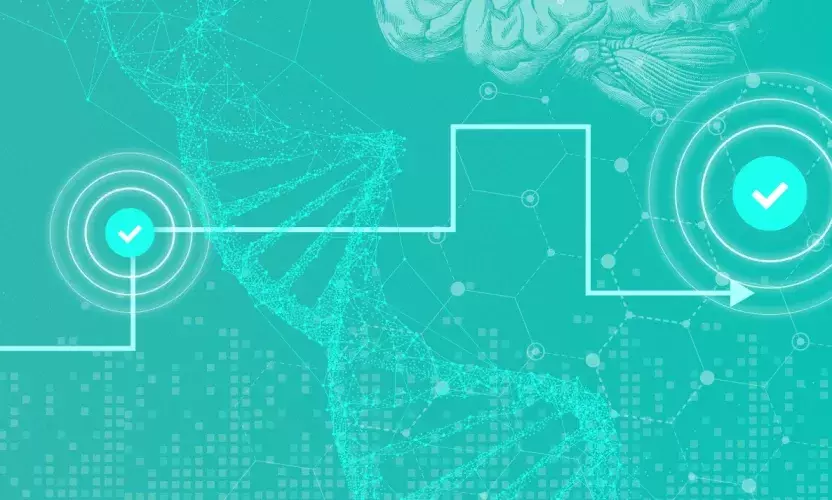
Three Trends That Will Shape The Future Of Medical Writing
The medical writing field continues to grow, as it is fueled by demand for their services from small and large biopharma, CROs, and communication agencies. While the role, in some ways, has become more specialized depending on function, there are a few notable trends that are well-positioned to shape the profession today and tomorrow. Below, we discuss why they matter and how practitioners can prepare themselves for these changes.
1. Omnichannel strategies
It is now commonplace for Healthcare Providers (HCPs) and Key Opinion Leaders (KOLs) to communicate with life sciences companies through various channels and platforms. This has been a secular shift. But in the coming years, medical affairs and medical writing professionals also need to prepare themselves to engage with a broader set of constituencies, including payers and the medical community. This poses a different set of challenges as these new personas have their own preferences with respect to the channel they prefer to engage with. Medical writers will need to adeptly navigate these channels to serve these individuals best and develop the appropriate digital infrastructure to deliver content continuously.
2. Augmenting analytics capabilities
The growth in the generation of healthcare data, which reached 2 zettabytes in 2022 according to McKinsey, is poised to lead to an increased spend on data and analytics capabilities and increase the use of AI to automate repetitive, non-core tasks. Generative AI technologies to summarize datasets that include interactions, patient surveys, clinical trials, and real-world data are likely to be extensively deployed over the next 5-6 years. To make this a reality, practitioners should now begin to think carefully about how they collect, centralize, and maintain governance over their data.
3. Cross-functional collaboration as a competitive differentiator
The medical affairs function is at the center of providing evidence-based responses to medical inquiries. As stewards of a life sciences company’s data, medical communicators must work across silos as more companies begin to engage in evidence-generation planning. This is a cross-functional activity with multiple contributors and reviewers. For example, shortening the cycle between authoring the latest therapeutic guidelines and incorporating them into external communication to providers requires frictionless collaboration between medical science liaisons and medical writers. Companies that invest in the right technology systems to enable this will be ahead of their peers in terms of providing an improved provider experience.
The Future of Medical Writing
The coming years promise exciting advancements in the life sciences industry, with novel therapies across emerging modalities reaching patients. The demand for accurate, evidence-based information delivered promptly to HCPs, KOLs, and patients in an easily digestible format will be higher than ever. As such, the role of the medical writer has become increasingly critical.
Technology solutions, like Egnyte's platform, can enable medical writing teams to navigate these trends by providing secure, compliant, and efficient tools for collaboration and content management. By enabling seamless co-authoring, version control, and cross-functional collaboration, these platforms empower medical writers to focus on delivering high-quality, evidence-based content to diverse audiences.
Conclusion
The future of medical writing is shaped by the convergence of omnichannel strategies, advanced analytics, and cross-functional collaboration. As medical writers adapt to these trends, they will play an increasingly vital role in disseminating accurate, timely information to healthcare providers, key opinion leaders, and patients. Embracing technology solutions that streamline workflows, ensure compliance and foster collaboration will be key to success in this dynamic landscape. As the medical writing profession continues to evolve, those who proactively adapt and leverage the right tools will be well-positioned to make a meaningful impact in the life sciences industry. Egnyte's platform will undoubtedly play a significant role in supporting medical writers in delivering high-quality content to healthcare providers, key opinion leaders, and patients.



